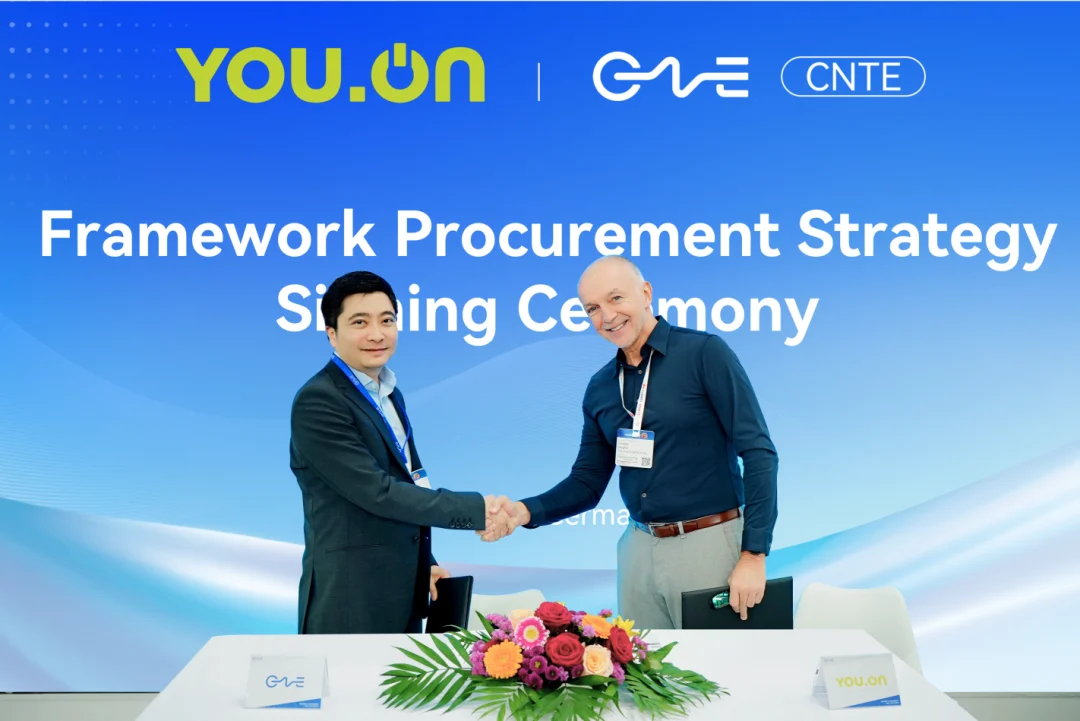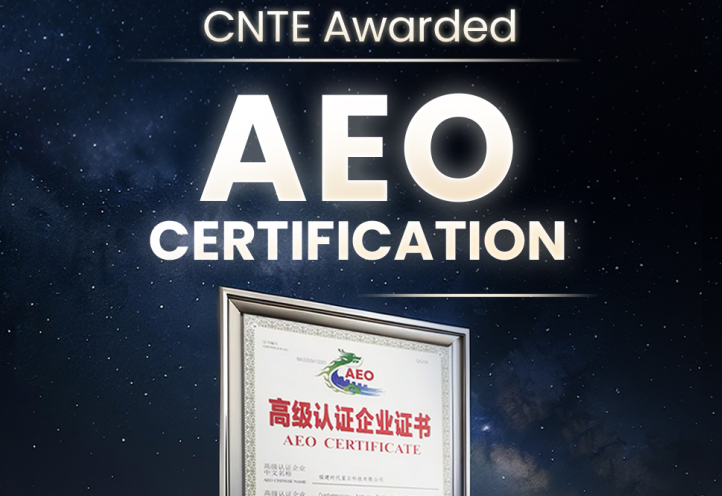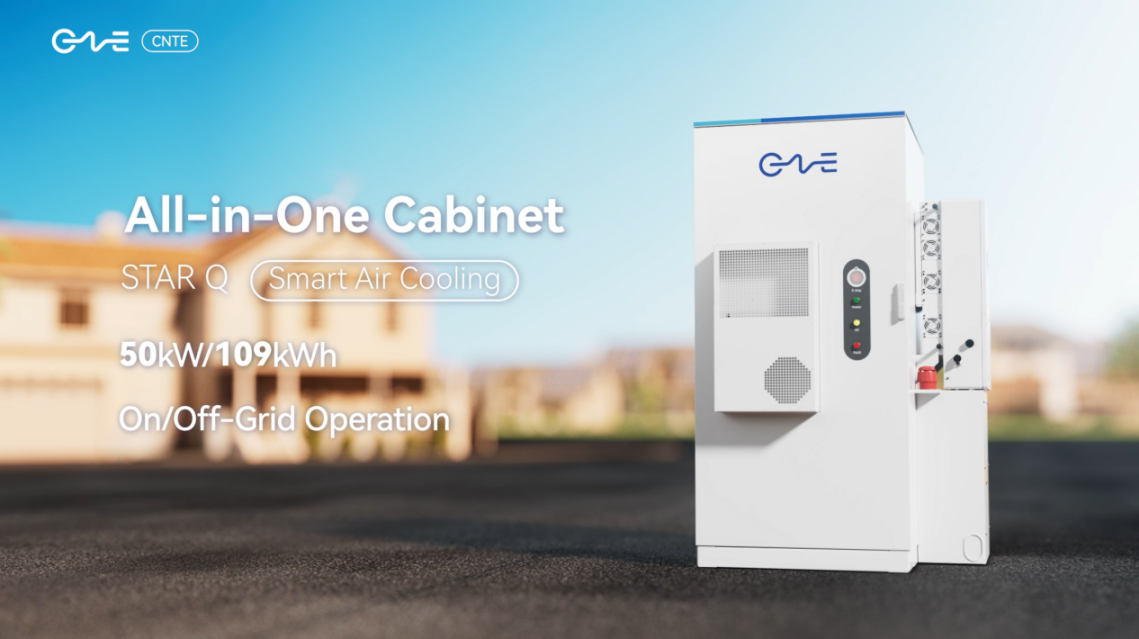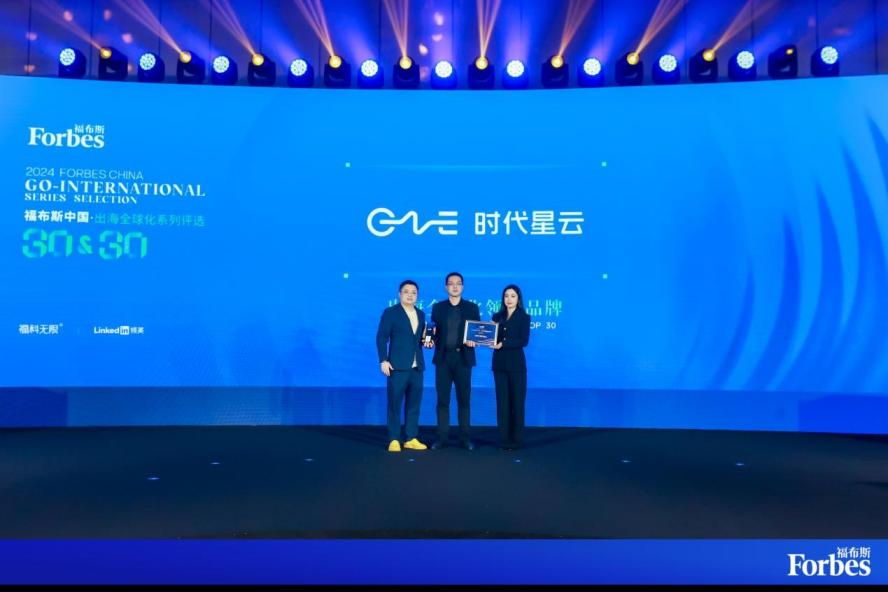How Stable Chemical Bonds Power Safer, Longer-Lasting Prismatic Cells
In battery engineering, structural stability and chemical integrity are critical for performance. A prismatic cell must endure high mechanical stress, temperature shifts, and continuous cycling without structural breakdown. However, many batteries fail due to weak chemical bonds that degrade over time, leading to safety risks and shortened lifespan.
Addressing these technical challenges requires a material system with inherently stable bonding and thermal resilience. This is why CATL’s LFP Cells are attracting industry attention. By adopting an olivine crystal structure and optimizing the internal design, CATL’s prismatic cells achieve stable chemical bonds, reduced particle movement, and superior thermal stability – even up to 800°C. These advancements provide a strong technical foundation for safer, longer-lasting battery systems.

Why Prismatic Cell?
Enhanced Structural Stability
Prismatic cells have a hard, layered design. They give better mechanical strength than cylindrical cells. This design helps lower the chance of internal damage. It works well against impacts and vibrations. It also stays strong after many charge and discharge cycles. Prismatic cells are good for situations that need high safety and long use.
Optimized Space Efficiency
Prismatic cells have a flat, rectangular shape. They fit tightly into battery packs. This way, they use space more wisely than round cells. They help add more capacity without making the battery bigger. They also help keep the total weight low. This makes them a smart choice for many types of equipment.
Improved Safety and Longevity
Prismatic cells handle heat changes better than many other types. They can expand and shrink without causing damage inside. They use strong chemical bonds to stay stable. Their winding process also keeps the inside clean and safe. These features help prevent short circuits, fires, and fast aging of the materials.

CATL‘s LFP Cell Technology
World-leading Stability and Longevity with CATL LFP Cells
CATL’s LFP cells are known for their outstanding durability and stability. Each prismatic cell is designed to maintain strong performance over long periods. Unlike traditional batteries, CATL’s technology reduces the risk of rapid capacity loss. This makes each prismatic cell ideal for electric vehicles, portable power stations, and energy storage systems. The superior quality helps users achieve longer service life and better investment value.
Superior Olivine Structure Ensures Thermal Stability up to 800℃
The key to the high performance of CATL’s prismatic cell lies in its olivine crystal structure. This structure forms very stable chemical bonds. These bonds can resist high temperatures up to 800℃. In extreme conditions, the prismatic cell maintains its shape and function without risk of breakdown. The stable chemical environment also prevents sudden reactions that could cause overheating or fire.
Reliable Cell Winding
During production, CATL uses an advanced cell winding process for every prismatic cell. This method lowers the chance of burrs or defects inside the battery. It also avoids decarburization and eliminates metal particles that could cause short circuits. As a result, each prismatic cell shows better reliability, safer long-term cycling, and consistent high quality.
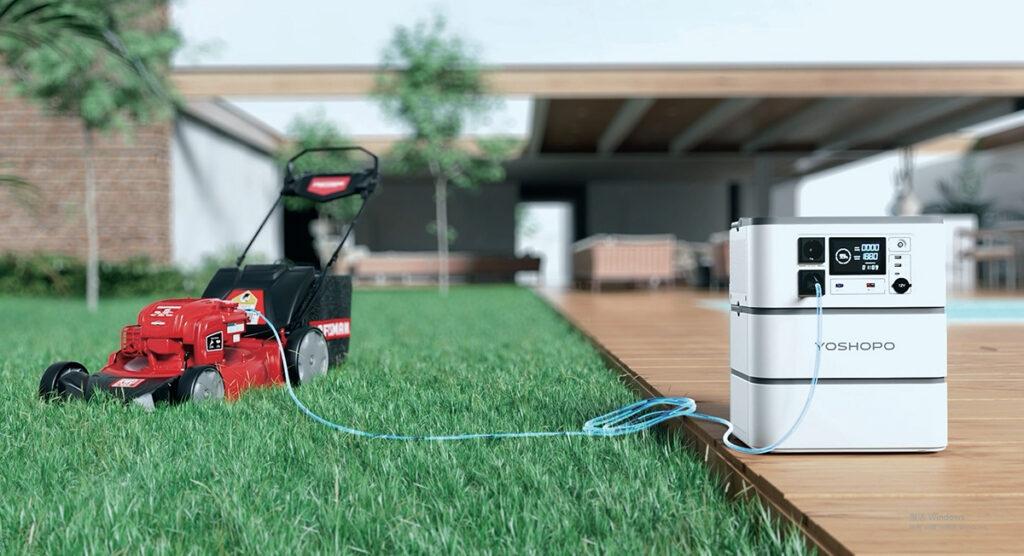
Comprehensive Safety Features of CATL‘s LFP Cells
Over-current Protection and External Short-circuit Protection
CATL’s prismatic cells are built with strong electrical safety features. They include over-current protection to prevent damage from sudden power surges. They also provide external short-circuit protection. This design reduces the risk of fire or explosion caused by faulty wiring or external shocks. Each prismatic cell ensures that the device runs smoothly, even in harsh conditions.
Vibration Resistance and Impact Resistance for Extreme Environments
Mechanical safety is critical for batteries used in mobile or industrial settings. CATL’s prismatic cells show excellent vibration resistance. They also handle impacts without structural damage. This is important for outdoor equipment, vehicles, and energy storage that faces daily mechanical stress. With these protections, each prismatic cell maintains its performance and safety.
Flame-resistant Materials and Explosion-proof Designs
Chemical safety is another strong point of CATL’s technology. Each prismatic cell uses flame-resistant materials that delay fire spread if problems occur. The internal design is also explosion-proof, helping to contain failures inside the cell. This layered safety approach means that even in rare cases of malfunction, the prismatic cell can prevent large accidents.

Protection Systems and Battery Cell Safety Requirements
Functional Protection
CATL’s prismatic cells are equipped with functional protection systems. Insulation monitoring ensures no leakage currents develop. Overvoltage and undervoltage protection keeps the battery operating within safe limits. Equipotential bonding further protects the system by balancing electrical charge. These measures allow each prismatic cell to work safely in complex electrical environments.
Hazard Prevention
Every prismatic cell system includes features to identify hazardous substances early. Electric shock warning systems alert users if unsafe conditions appear. These protections are vital for systems installed in homes, vehicles, and industrial sites. By using clear signals and real-time monitoring, CATL’s prismatic cell products enhance user confidence and safety.
Thermal Management
Thermal runaway is a major risk for all batteries. CATL’s prismatic cells are designed with strong thermal management systems. Overtemperature protection prevents the battery from overheating during heavy use. Low temperature protection stops the battery from freezing in cold climates. These protections ensure that the prismatic cell stays stable and safe across a wide range of environments.
Y3000 – Powering the Future
Why Upgrade
Today’s users demand more from their power solutions. Devices need higher power outputs, faster recharging, and safer battery systems. Traditional batteries cannot meet all these new expectations. A prismatic cell, with its better structure and safety features, offers a strong foundation for the next generation of portable power. This is why it is important to upgrade to more advanced systems like Y3000.
Y3000 Debut
The Y3000 enters the market as a strong answer to these growing needs. It is equipped with CATL’s EV-grade LFP battery cells, which are built using the latest prismatic cell technology. These cells provide stable chemical bonds, high thermal stability, and long service life. The use of prismatic cell designs ensures that Y3000 delivers both high power and dependable safety under all conditions.
Core Values
Y3000 focuses on real-world needs. It offers high safety, backed by stable LFP chemistry and prismatic cell structure. The device is built for a long lifespan, with batteries that can last over 10 years. The split design makes it easier to carry and maintain. Fast charging features help users get back to work or adventure quickly, making Y3000 a smart and practical choice.
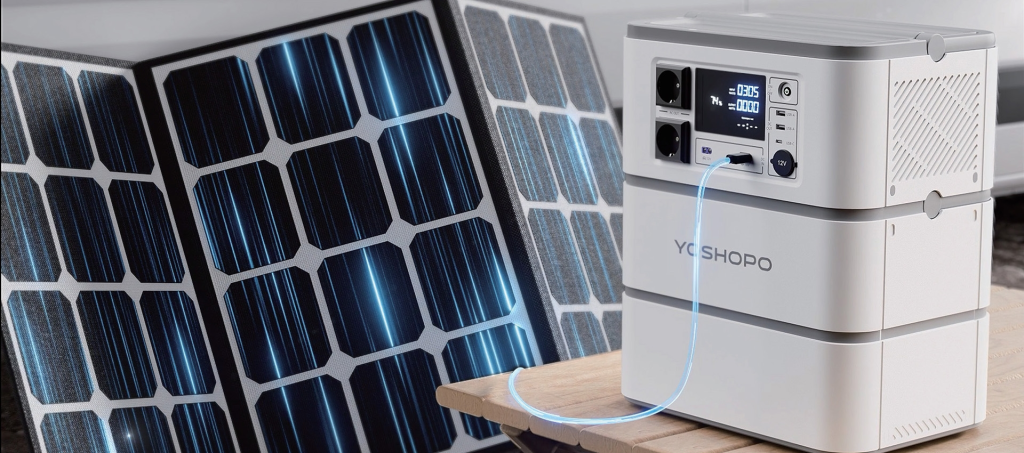
Y3000 Product Advantages in Detail
Fast Charging: 80% Charge in Just 1 Hour
Y3000 supports extremely fast charging. It can recharge up to 80% of its capacity in only one hour. This feature is important for users who need quick turnaround times. Thanks to the prismatic cell structure, the battery stays stable even during high-speed charging, reducing the risk of overheating and other failures.
10-Year Battery Lifespan, Chargeable and Replaceable Design
Every Y3000 is designed for long-term use. It uses CATL’s prismatic cell technology to ensure a stable performance over many years. The battery can be easily charged and replaced when needed. Users can rely on a 10-year lifespan, which saves costs and improves reliability.
Large Capacity
Y3000 delivers a strong output of 3000W and holds a 2.3kWh battery capacity. This makes it perfect for running multiple devices at once. Thanks to the flexible design based on prismatic cell construction, it works with 99% of common electrical appliances, from laptops to heavy tools.
Application Scenarios of Y3000
Outdoor Use
Y3000 is built for outdoor life. It can power high-demand tools and appliances during E-camping trips or outdoor projects. The strong prismatic cell inside ensures that it can handle rough conditions and still perform reliably.
Emergency Backup
In emergencies, Y3000 offers a dependable backup power source. Its durable prismatic cell ensures that it works well even after long storage periods. Families and small businesses can trust Y3000 to keep critical devices running during outages.
Solar Integration
Y3000 can connect to PV solar panels easily. It allows users to collect clean energy and store it efficiently. Thanks to the robust prismatic cell technology, it can handle fluctuating solar inputs without stability issues, promoting a greener way to use energy.
CNTE‘s Vision and Achievements
Company Background
CNTE, a company invested by CATL, has focused on lithium battery energy storage since 2019. Its expertise covers R&D, manufacturing, sales, and service. Using CATL’s prismatic cell technology, CNTE has built a strong position in the global energy storage market.
Industry Recognition
CNTE’s efforts have gained wide recognition. The company has won more than 30 major awards. One highlight is the MUSE Design Award Gold for its YOSHOPO Residential ESS system. These honors underline the company’s leadership in prismatic cell applications.
Future Commitment
Looking ahead, CNTE plans to drive more innovation. It aims to offer better solutions for power generation, grid storage, and end-user applications. By focusing on the advantages of prismatic cell technology, CNTE supports a cleaner, safer, and smarter energy future.
Closing Words
Portable energy is moving forward with innovation, safety, and efficiency. CATL’s prismatic cell technology gives users better performance. It also provides longer battery life and stronger safety. Y3000 uses this technology to meet the needs of modern users. It brings more power and faster charging. It also offers safer and more stable energy storage. CNTE will keep leading the industry. It will build smarter and more reliable energy solutions for everyone.

